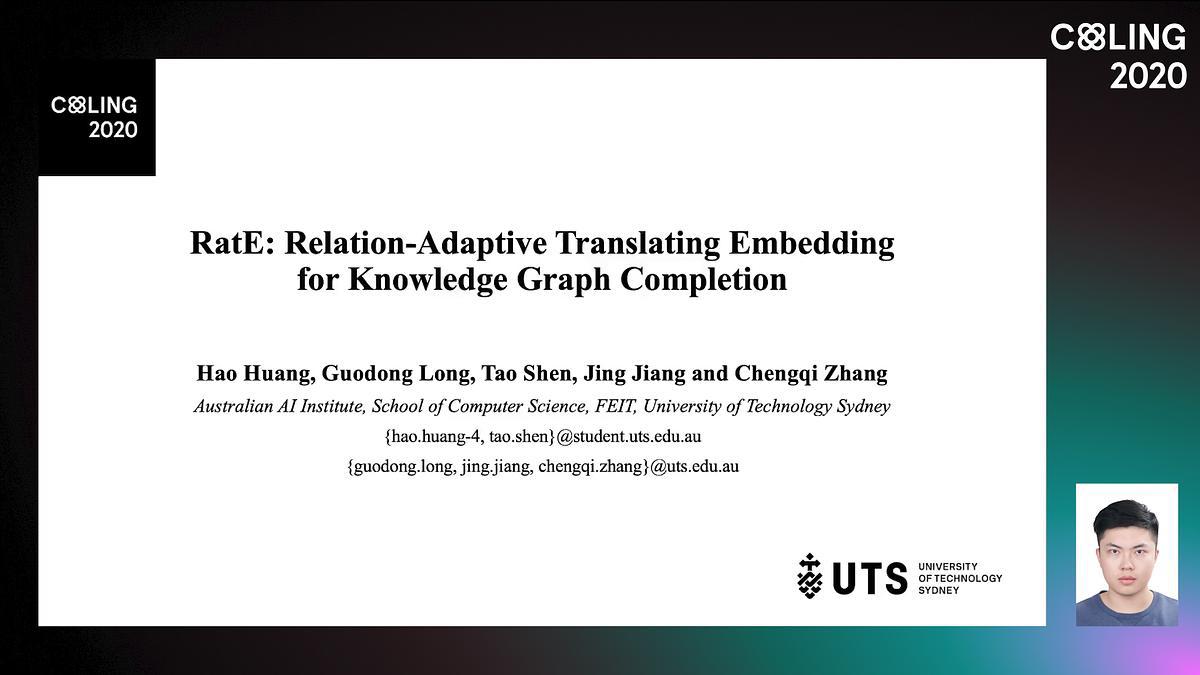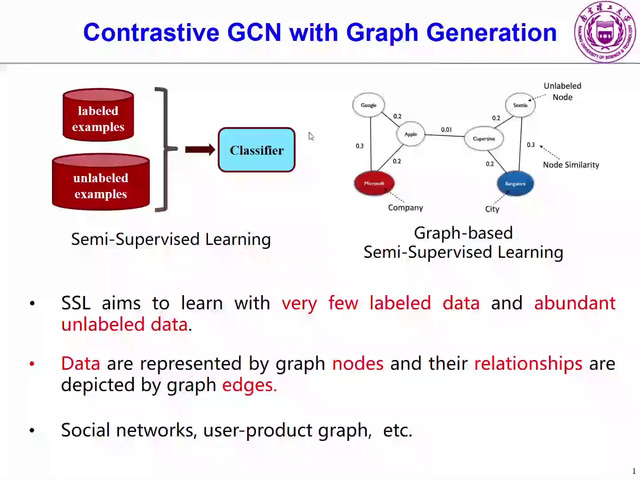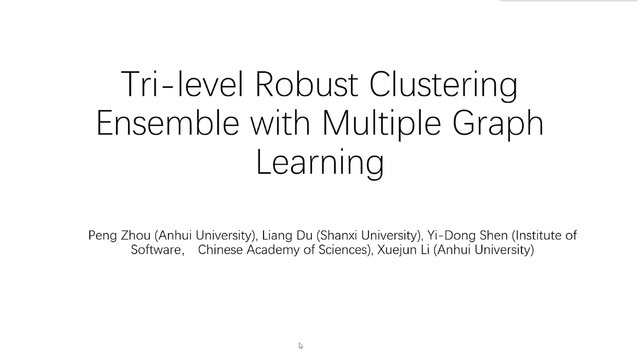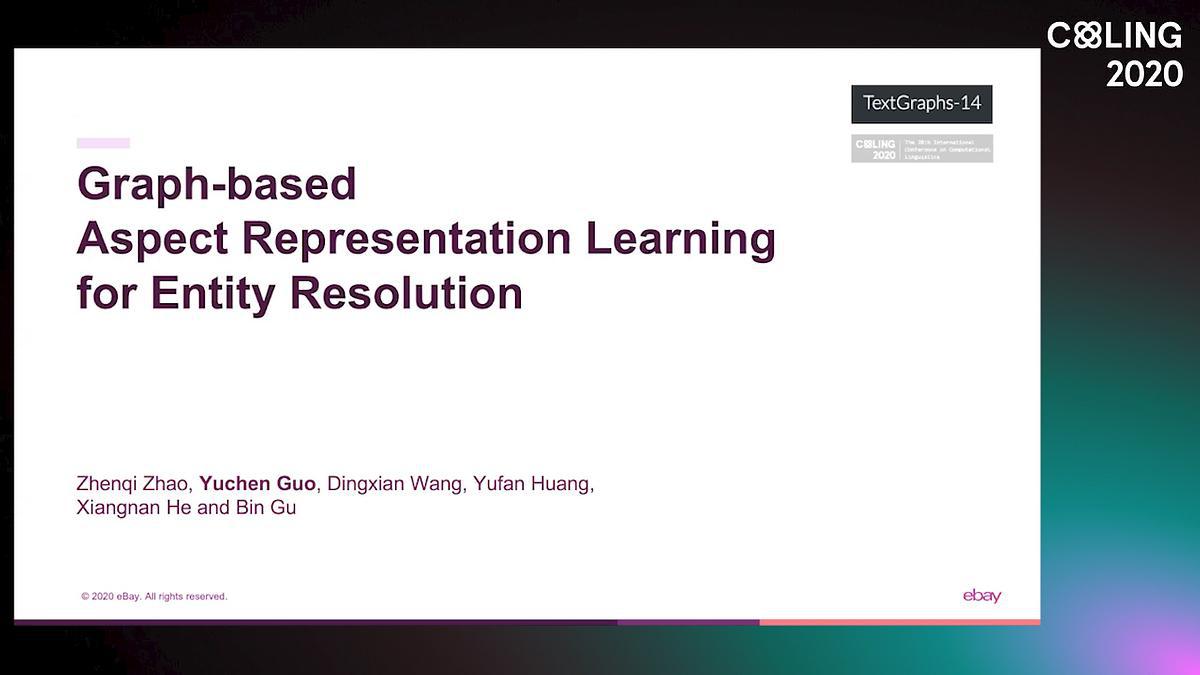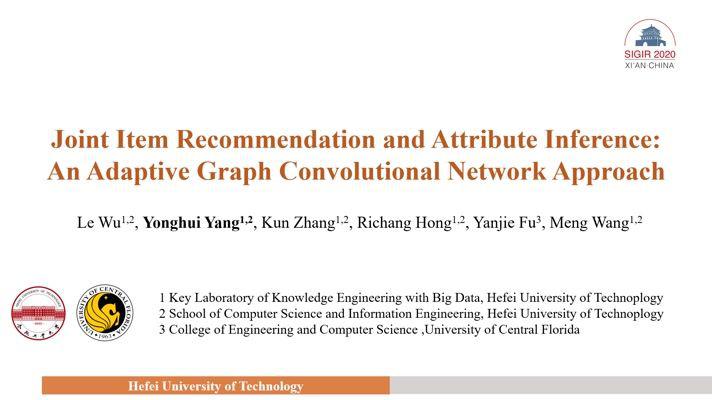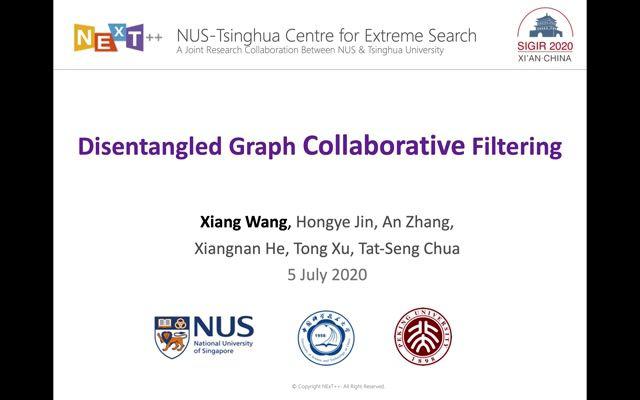Abstract:
Graph-based and transition-based dependency parsers used to have different strengths and weaknesses. Therefore, combining the outputs of parsers from both paradigms used to be the standard approach to improve or analyze their performance. However, with the recent adoption of deep contextualized word representations, the chief weakness of graph-based models, i.e., their limited scope of features, has been mitigated. Through two popular combination techniques – blending and stacking – we demonstrate that the remaining diversity in the parsing models is reduced below the level of models trained with different random seeds. Thus, an integration no longer leads to increased accuracy. When both parsers depend on BiLSTMs, the graph-based architecture has a consistent advantage. This advantage stems from globally-trained BiLSTM representations, which capture more distant look-ahead syntactic relations. Such representations can be exploited through multi-task learning, which improves the transition-based parser, especially on treebanks with a high ratio of right-headed dependencies.




